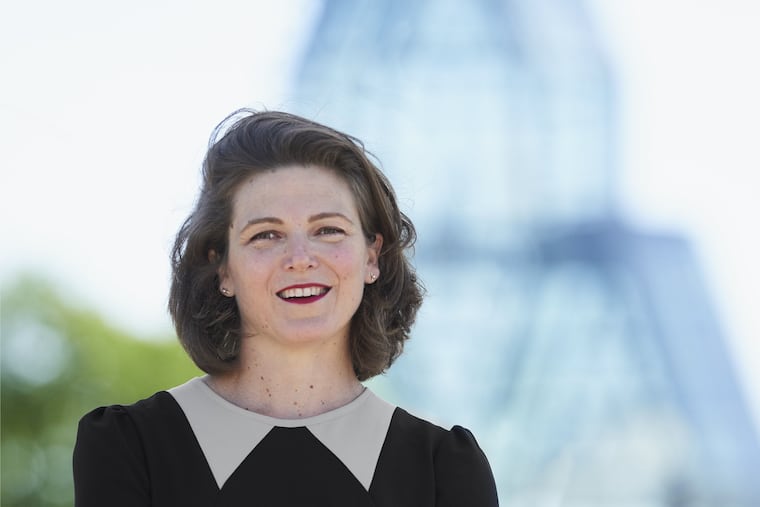Philadelphia Museum of Art names new director: Sasha Suda, director of the National Gallery of Canada
PMA trustees say Suda's appointment marks a generational change at the museum.

PMA trustees say Suda's appointment marks a generational change at the museum.
